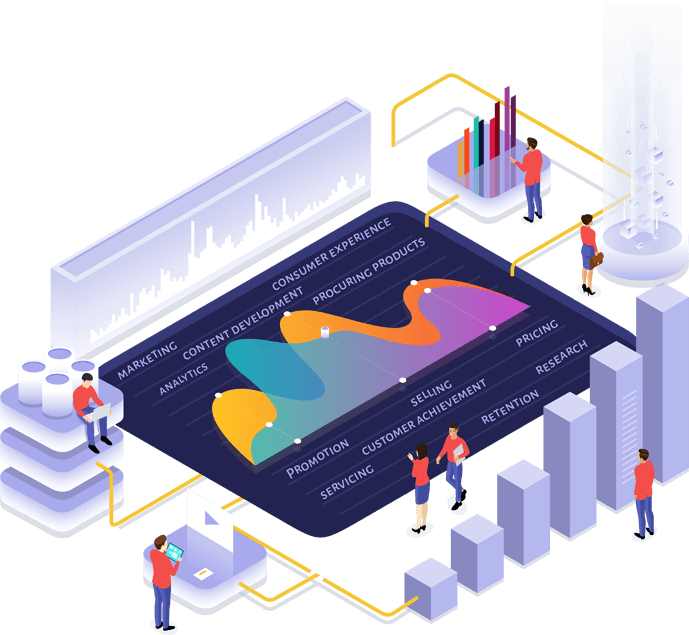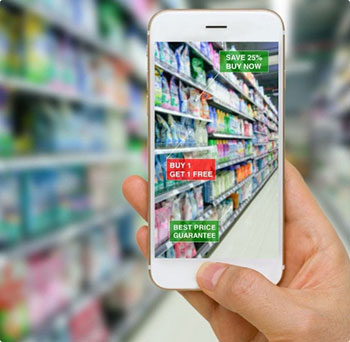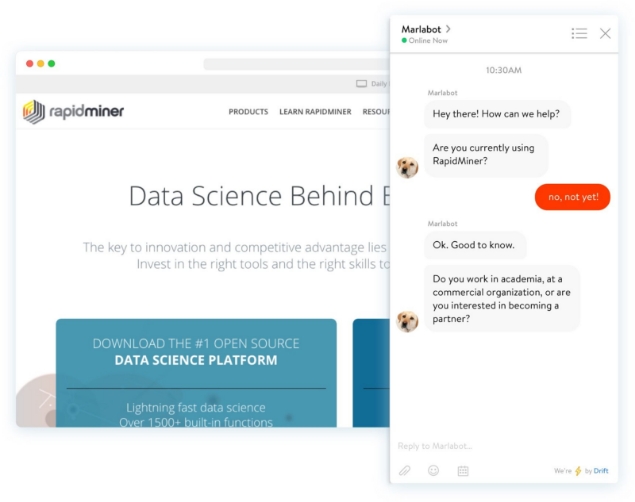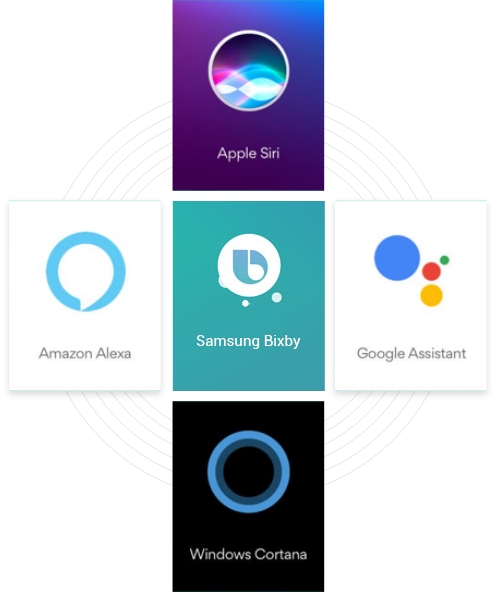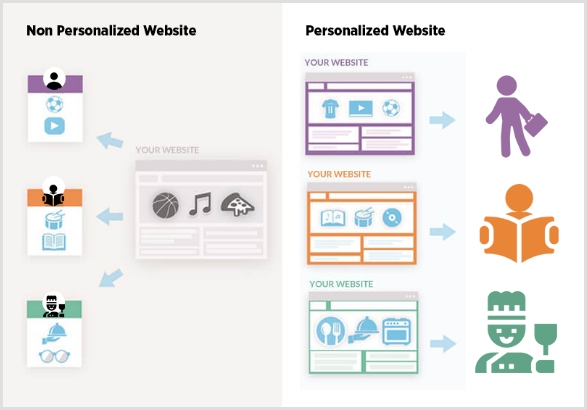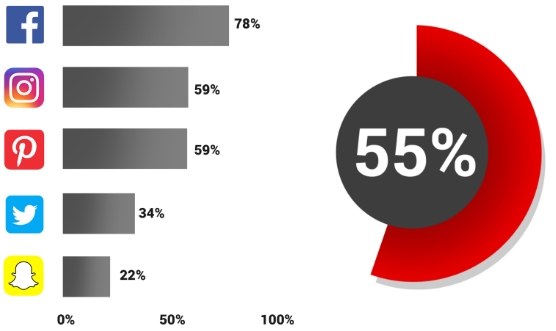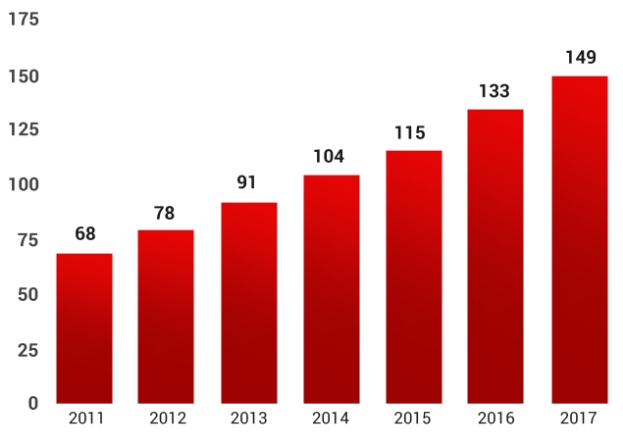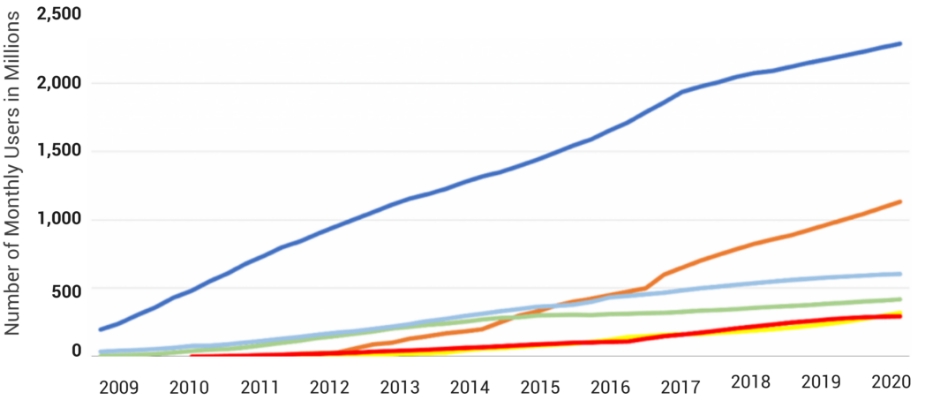Future of Digital Commerce
The business will no more be a monotonous business, be it in digital commerce or in retail. The latest research claims that over the next five years, the payment market of digital commerce will record a 10.8% of CAGR revenue, and the global market will reach from US$ 786500 million in 2019.
According to the recent Morgan Stanley report, India is adding one internet user every 3 seconds and by 2028, the digital commerce is estimated to reach $ 230 billion, accounting for 10% of India's retail. The rapid development in the sector is fueled by global investments and evolving consumer habits that make it one of the leading contemporary influences and is expected to have an essential impact on economic and social landscapes in countries around the world.
In the long run, digital commerce will be centralized to retail operation in Asia Pacific countries. The focus would be more on customization, connectivity, collaboration, and convergence.
